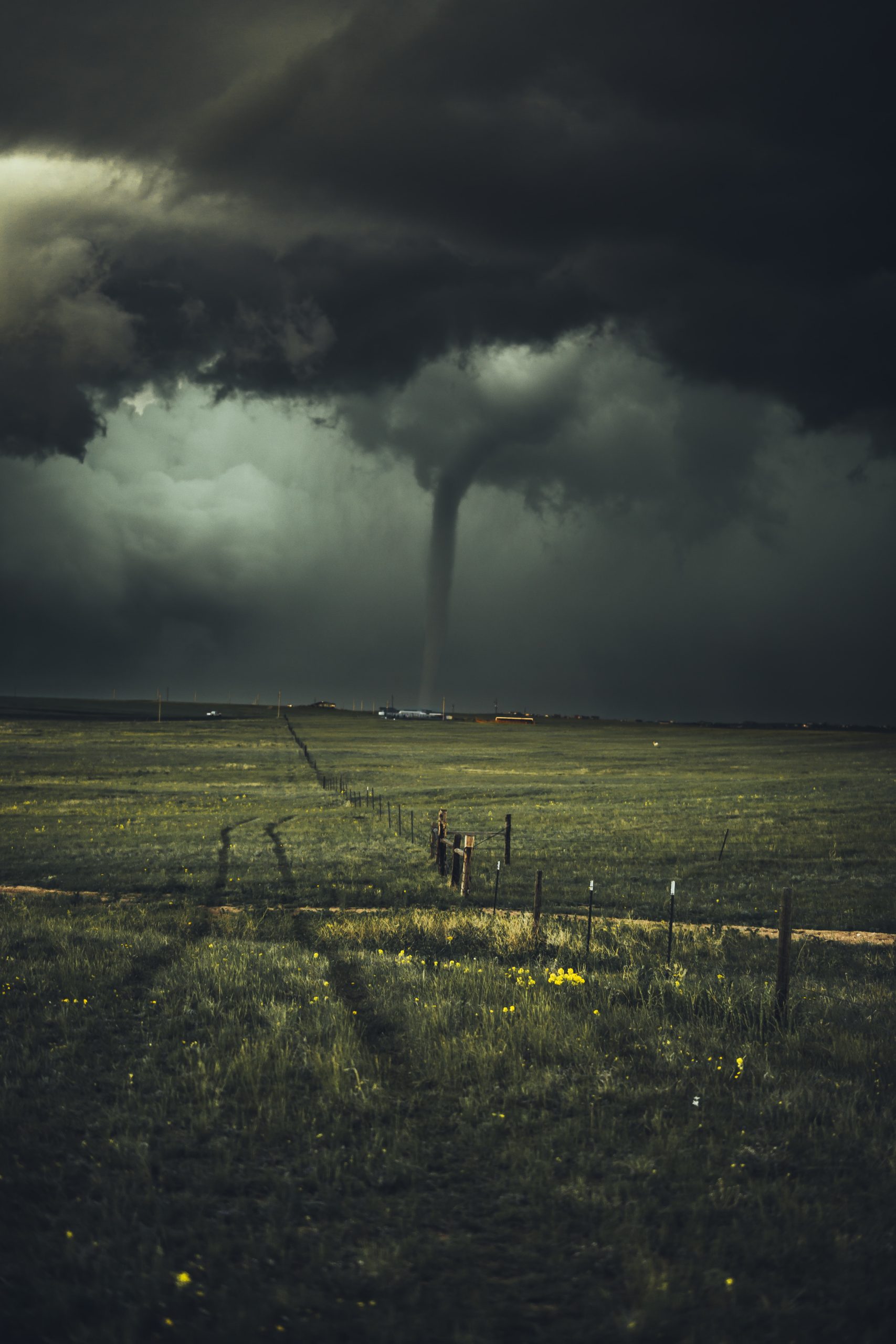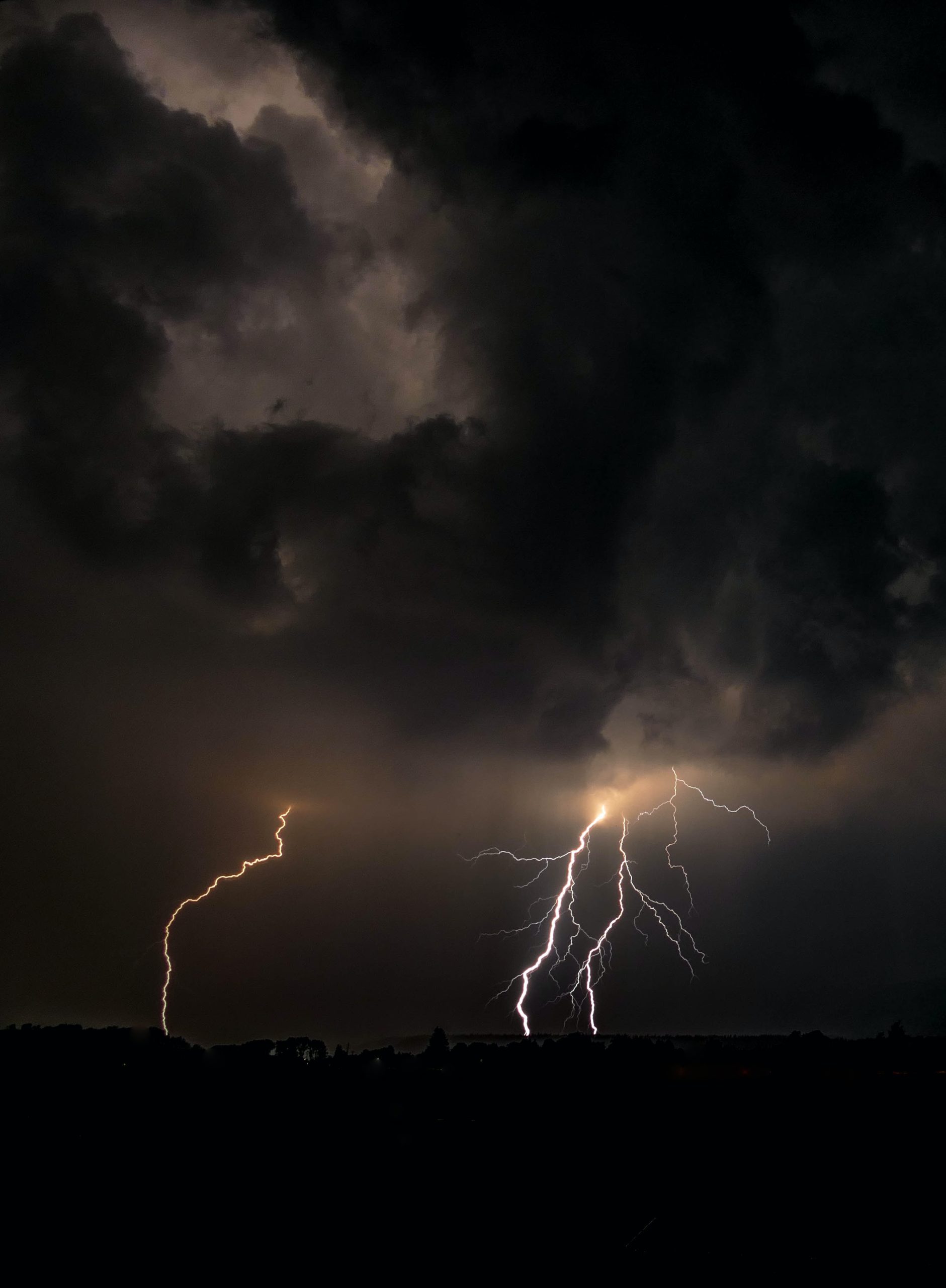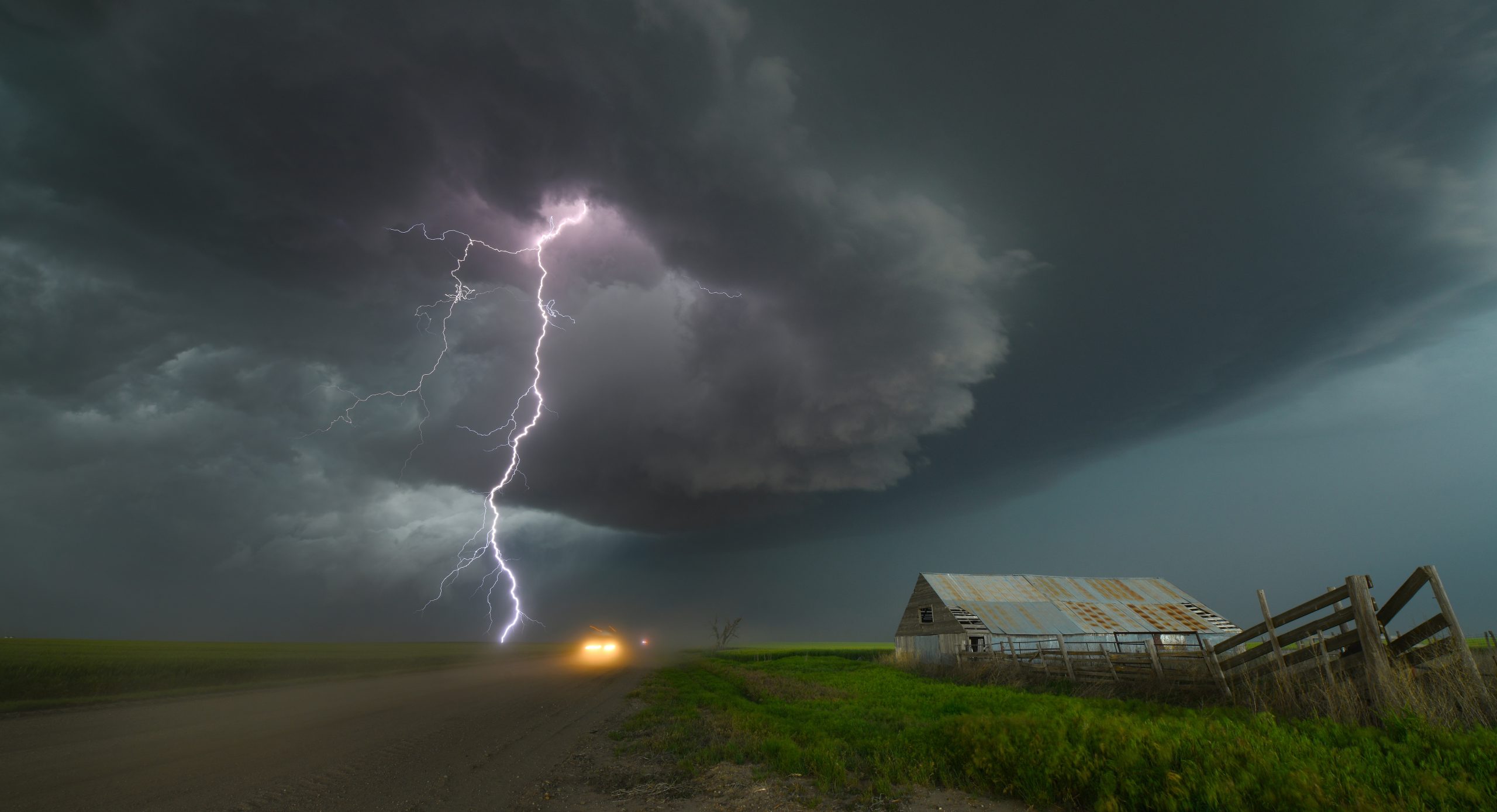In regions susceptible to tropical storms and typhoons, staying informed about weather warnings is crucial for personal safety and preparedness. One of the key components of a storm warning system is the Public Storm Warning Signal. In this article, we’ll delve into what Public Storm Warning Signal #1 signifies, how it’s determined, and the precautions individuals should take when this signal is raised.

What is Considered a Storm?
A storm is a natural atmospheric phenomenon characterized by a disturbance in the usual weather patterns, often resulting in extreme or adverse conditions. It encompasses a wide range of weather events, including heavy rainfall, strong winds, thunder, lightning, and sometimes even hail or snow. Storms can vary in scale, from localized thunderstorms to massive systems like hurricanes, typhoons, and cyclones. These larger storms, known as tropical cyclones, form over warm ocean waters and can cause widespread destruction with their powerful winds and torrential rains. Storms play a crucial role in Earth’s climate system, helping to redistribute heat and moisture across the planet. While they can bring much-needed precipitation, they can also pose significant risks to communities, making it essential to monitor weather forecasts and take appropriate precautions when a storm is imminent.
Understanding Public Storm Warning Signals
The Public Storm Warning Signal System is a vital tool meteorological agencies use to communicate the intensity and potential impact of approaching tropical cyclones. It is designed to provide timely information to the public, allowing them to make informed decisions regarding their safety and well-being.
Public Storm Warning Signal #1
Public Storm Warning Signal #1 is the lowest level of warning in the system. When this signal is raised, it means that a tropical cyclone is expected to bring winds of 30-60 kilometers per hour within the next 36 hours. This signal serves as an early alert to communities that may be affected by the approaching storm.
Determining Public Storm Warning Signals
The issuance of Public Storm Warning Signals is based on various factors, including the location, intensity, and movement of the tropical cyclone. Meteorological agencies rely on advanced forecasting models, satellite imagery, and data from weather stations to make accurate predictions.
Key Precautions for Public Storm Warning Signal #1
1. Stay Informed
– Keep track of weather updates from trusted sources such as local meteorological agencies, weather apps, and official announcements.
2. Secure Outdoor Items
– Secure or bring in lightweight outdoor objects that strong winds, such as potted plants, garden furniture, and decorations could easily carry away.
3. Prepare for Power Outages
– Charge essential electronic devices, have flashlights and batteries on hand, and consider using surge protectors to safeguard sensitive equipment.
4. Stock Up on Essentials
– Ensure you have an ample supply of non-perishable food, clean water, medicines, and other basic necessities to last at least 72 hours.

5. Create an Emergency Kit
– Assemble a basic emergency kit that includes first-aid supplies, important documents, cash, clothing, and any specific items needed for infants, elderly family members, or pets.
6. Check on Vulnerable Family Members
– If you have elderly relatives, young children, or individuals with special needs in your household, make sure they are prepared and have what they need.
7. Reinforce Windows and Doors
– Consider installing storm shutters or boarding up windows to protect against flying debris and potential damage from strong winds.
8. Plan an Evacuation Route
– Familiarize yourself with evacuation routes and shelters in your area. Have a designated meeting place for family members in case you get separated.
Response of Local Authorities
When Public Storm Warning Signal #1 is raised, local authorities and disaster management agencies swing into action. They activate their emergency response plans, which may include pre-positioning of relief goods, mobilizing search and rescue teams, and opening evacuation centers. These measures are put in place to ensure the safety and well-being of residents, especially those in vulnerable or low-lying areas.
Remaining Vigilant
While Public Storm Warning Signal #1 indicates a lower level of threat compared to higher signal numbers, it’s important not to underestimate its significance. Tropical cyclones can be unpredictable, and their intensity can change rapidly. Therefore, it’s crucial to stay vigilant, monitor updates from official sources, and follow any additional instructions or advisories issued by local authorities. By remaining prepared and responsive, individuals and communities can navigate through the challenges posed by tropical cyclones with resilience and collective effort.
Public Storm Warning Signal #1 serves as an essential early warning system, providing communities with vital information about an approaching tropical cyclone. Understanding the significance of this signal and taking appropriate precautions can significantly enhance your safety and well-being during adverse weather conditions. By staying informed and being prepared, you can navigate through stormy weather with confidence and resilience.
